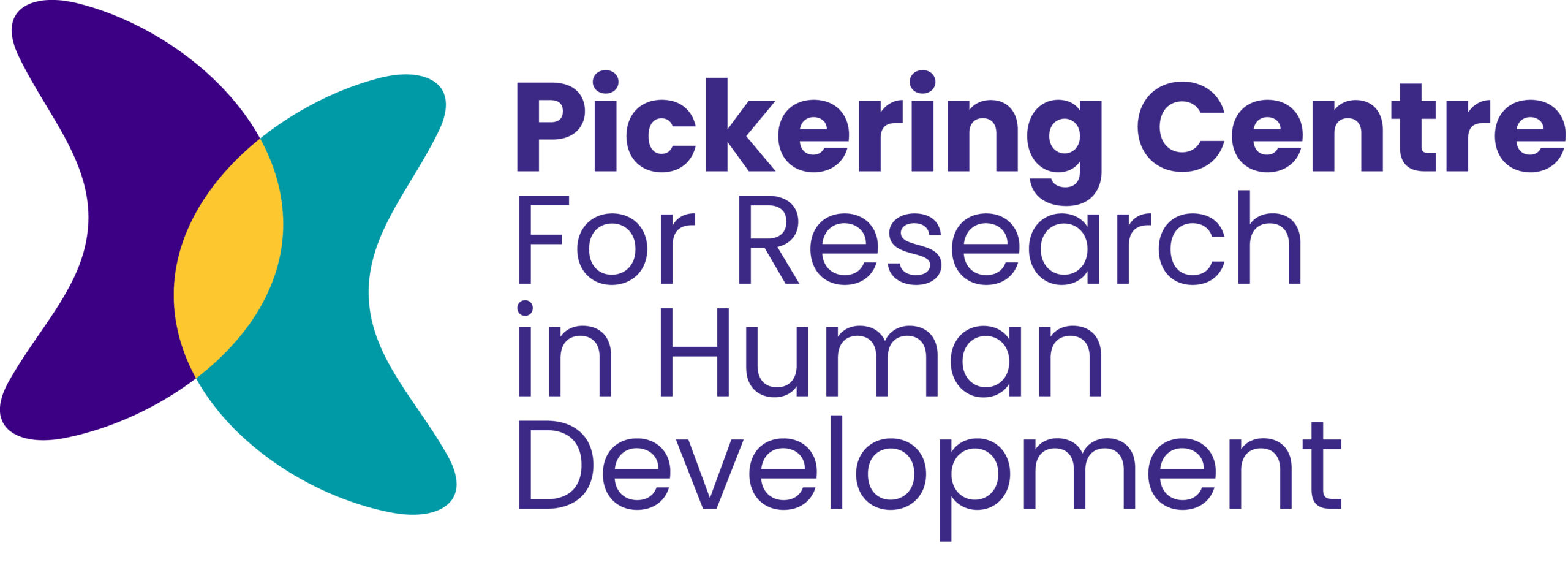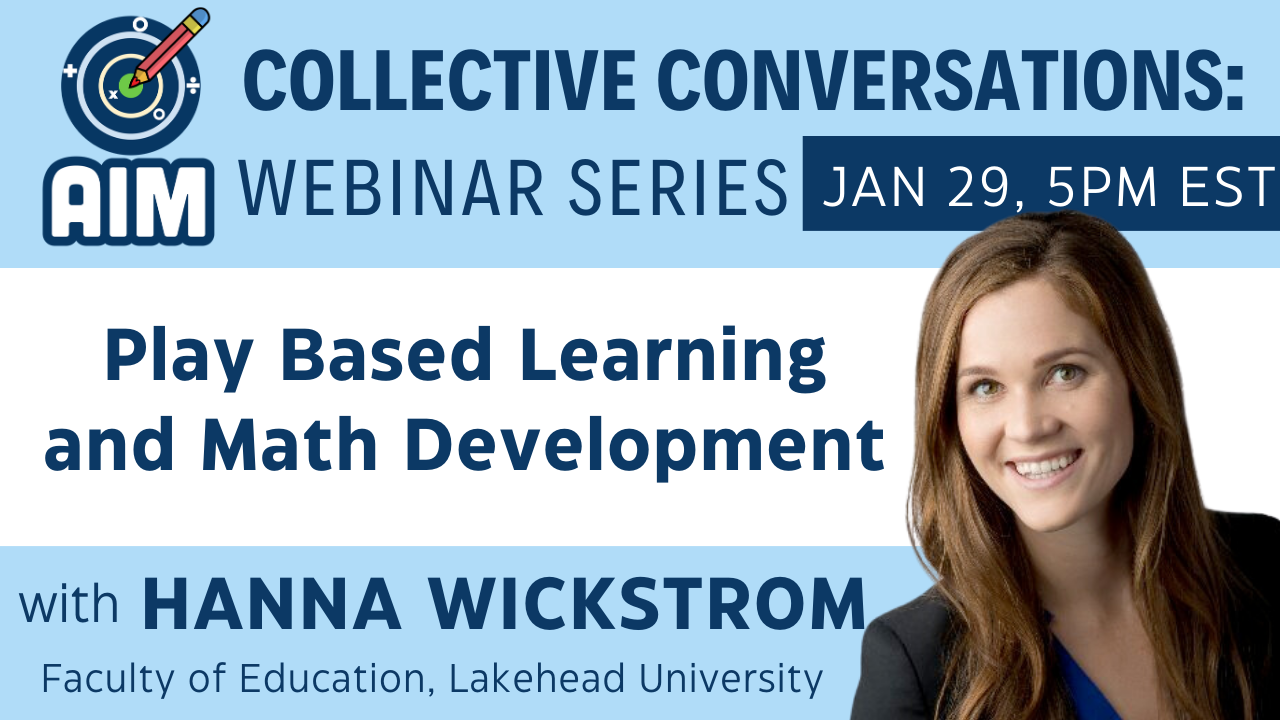Journal of Social Issues
Open Call for Proposals:
Cultivating Critical Action in Children and Youth: Best Practices and New Directions
Guest Editors: Matthew Diemer, Josefina Bañales, Aixa Marchand
Aims of the Special Issue
Critical consciousness (CC) scholarship has grown tremendously over the last ten to fifteen years. CC is generally understood to be comprised of three components—critical reflection, critical motivation, and critical action—that are related to each other recursively (Heberle et al., 2020). [CC is in solidarity with, but is distinct from, the more widely known critical race theory, or CRT, tradition, which originated in critical legal studies in the U.S. On the other hand, Paulo Freire, credited with formalizing and articulating CC, was informed by Fanon, Hegel, and Marx and emphasized critique and dialectics in theorizing how to understand and transform the social oppression operative in 1960s Brazil, and beyond.] Critical reflection is an understanding of the historical and structural roots of oppression and inequity. Critical motivation is the perceived ability or moral commitment to address societal inequalities. Critical action is collective, sustained, mobilized action to transform inequitable social structures. Of these three components, critical reflection has received the most scholarly attention (Watts & Hipolito-Delgado, 2015). Extant CC scholarship has mainly focused upon children and youth and prior work suggests that CC differs for adults (e.g., Mustakova‐Possardt, 2004). Although Freire’s notion of CC originated in Brazil, much of the recent CC work has occurred in North America. Thus, we focus here on the critical action of children and youth, and seek to build upon insights derived from North America while also expanded our understanding of critical action in the Global South and other contexts.
Despite these advances, one glaring gap in this literature is that our understanding of the consequences of critical action outpaces our understanding of how to develop critical action within children and youth (i.e., Diemer et al., 2021). [Note that the term critical action, from the CC tradition, shares similarities with terms such as social activism, collective action, political action, and radical action.] That is, empirical evidence links critical action to outcomes such as academic achievement (Seider et al., 2019), career development and occupational attainment (Rapa et al., 2018), and mental health (Frost et al., 2019) across youth with more marginalized identities. This empirical evidence has been important in demonstrating the (on balance) salutatory consequences of CC for more marginalized people. This body of work also supports key theoretical propositions that critical action fosters self-determination among people constrained by marginalizing systems (Freire, 1993) or that it serves as an “antidote to oppression” (Watts et al., 1999). Notably, a body of evidence suggests critical action can also create distress for youth who are marginalized, due to negative police encounters, legal risks, and other potential negative consequences (e.g., Hope & Spencer, 2017; Maker Castro et al., 2022).
The empirical support for critical action as a developmental asset for marginalized youth begs questions of how to foster it. The literature does provide insights into what fosters critical action, such as schooling models that emphasize and support young people acting on the world to change it (Seider & Graves, 2020), the Mexican American Studies program (MAS; Cabrera et al., 2014) and ethnic studies curricula (as reviewed in Gillespie et al., 2024), youth organizing and youth leadership councils, which provide mentored or supported experiences of youth-led actions via youth-adult partnerships (Pinedo et al., 2023), and youth participatory action research, or yPAR (Berg et al., 2009; Cammarota & Fine, 2008; Kornbluh et al., 2015).
This body of work has been important in advancing our understanding of how to foster critical action for children and youth. Yet, we need greater understanding of specific practices and/or approaches to best-inform youth workers, school personnel, and others. For example, this work suggests that critical action is relatively “stubborn.” In other words, it requires significant amounts of time and energy to foster it (Diemer et al., 2021). It may be that critical action simply requires the ingredients of time, energy, and collectivity. On the other hand, there may be efficiencies or emerging best practices that specifically target critical action. Secondly, these guiding principles and ideas have not been translated into widely-known and agreed upon approaches for fostering critical action. Third, school personnel, in particular, face challenges in supporting young people in acting on the world, because they face (erroneous) charges of indoctrinating students and “woke” criticism. Further, young people in ethnic studies and related schooling models voice a disconnect in that these programs do not always adequately support young people in developing action (instead emphasizing critical reflection; see Pinedo et al., in press).
Thus, proposed topics to be pursued in the special issue (SI) may include, but are not limited to:
- What are “best practices” for schools, community organizations, clubs, and related child/youth-focused settings that want to foster young people’s capacity for critical action? Given their centrality in the lives of children and youth, we understand comparatively little about how digital/online/social media spaces foster critical action.
- Much of the work on critical action has emphasized youth aged 13-25. What forms does critical action take at other phases of the life course? How do we foster action for people at other phases of the life course? Can elementary school children, for example, act critically (see Balcazar et al., 2001)?
- Critical action for young people may take more interpersonal forms, such as “checking your friend” who makes racist jokes (Aldana et al., 2019). The developmental specificity of critical action is underscored by arguments that many formal institutions and structures do not permit youth under age 18 to participate. Thus, we may have more to learn about what critical action for young people can look like.
- It is an open question whether brief social psychological interventions, for example, which impacted critical motivation in a field experiment (Rapa et al., 2020), could be adapted to “jump start” or support existing approaches to fostering critical action.
- What is the nature of critical action and who defines it? For example, the nuances and meaning of critical action may vary across different groups (e.g., immigrant youth, youth of color, low-income youth)? How do more privileged children/youth (e.g., white people) engage in critical action? What does it mean for more privileged children/youth to act upon the social structures that provide them privilege?
- How do we sustain an emphasis upon developing and participating in critical action in a political moment deeply opposed to critical approaches and perspectives (e.g., critical race theory)? What conditions support and sustain critical action, particularly when activists face hardships at individual, interpersonal, group, and political levels?
- How might we center the voices and lived experiences of young people to better understand critical action? How might community-based and participatory research methods, for example, be used to advance our understanding of the conditions that promote and support, or prevent, critical action?
We welcome proposals related to other applied topics not listed above, recognizing that the field may have insights and innovations not represented in this list.
Interested contributors should submit a proposal that contains the following:
- Title
- Estimated page length or word count of proposed final manuscript
- Current status of the work and estimated timeline for completion of manuscript
- Detailed abstract of 3-4 double-spaced pages (conforming to 7th Edition, APA Style
Guidelines)
- For empirical reports, the abstract should include descriptions of the sample, methodology, and primary results (or anticipated results).
- Authors reporting qualitative research should consider COREQ or SRQR Guidelines.
- All abstracts should describe the theoretical underpinnings of the work and implications for programming, policy, or other actions.
- The Journal of Social Issues now provides authors the option of including positionality statements. We strongly encourage authors to incorporate reflections on their positionality in their manuscript.
- Short biographies of the authors (limited to half a page per author).
Proposals are due by January 15, 2025 and should be emailed to [please copy all of us] Matthew Diemer, Josefina Bañales & Aixa Marchand, (diemerm@umich.edu; jbanal2@uic.edu , admarch@illinois.edu) with subject line “JSI Critical Action Abstract Submission”. Abstracts will be reviewed by the Special Issue Editors. The Special Issue Editors and/or the JSI Editorial Board will provide feedback on accepted abstracts to support the development of manuscripts (for more information on the editorial review process, see:
https://spssi.onlinelibrary.wiley.com/hub/journal/15404560/about/issue-editor-guidelines).
We anticipate making preliminary selection decisions and submitting the Formal Proposal to
the JSI editorial board by April 1, 2025; authors will be notified of the status of their proposals at this time. Final invitations for full manuscripts will be issued by June 1, 2025. Full-length manuscripts will be due no later than December 1, 2025. These dates may be subject to change.
Manuscripts submitted after this date may not be eligible for inclusion in the issue. All manuscripts will undergo a rigorous peer-review process. Thus, an invitation to submit a manuscript does not guarantee inclusion in the special issue. Approximately 10 to 15 papers will be selected for the final issue.

